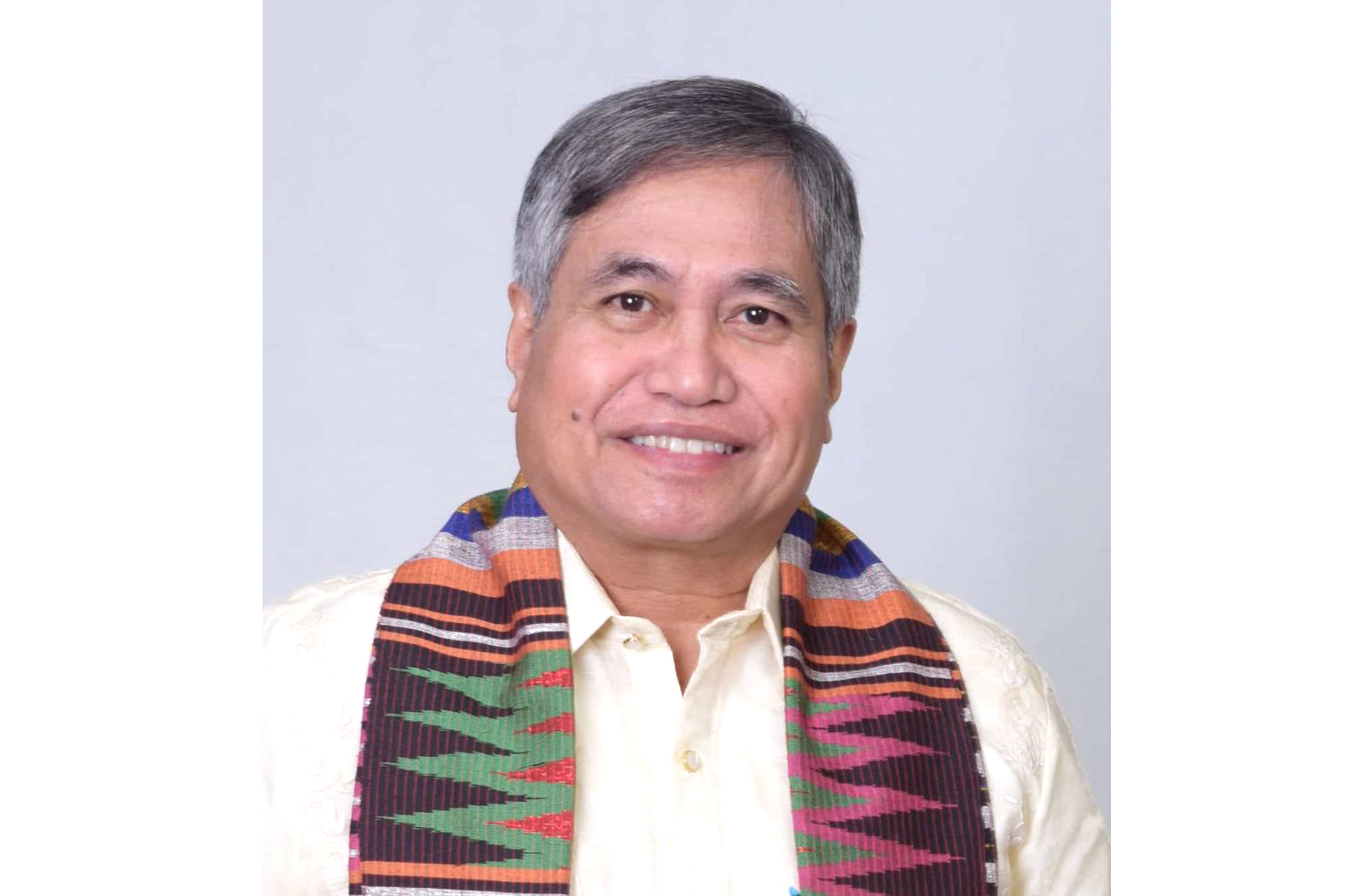FROM THE MARGINS

Palawan, a favorite travel destination, consistently ranks as one of the best islands in the world. Just recently, TripAdvisor described Palawan as “a slice of heaven,” naming it one of the world’s most trending destinations in its Travelers’ Choice Awards for 2024. Needless to say, I welcomed a recent opportunity to visit Palawan and stayed in Busuanga. It was a wonderful experience!
Busuanga is the entry-point to Coron Town, the main tourist hub, where the famous Twin Lagoons and Barracuda Lake are situated. Busuanga is less-known to tourists (myself included), and I was very happy to discover this pristine paradise.
From the airport, I was ferried to Barangay Salvacion, where I met a friend who showed me two beautiful beachfront and riverfront properties in Barangay San Rafael. Being a diver, I noted that Busuanga is ideal for aquatic experiences. Its thriving coral reefs have a rich history. During World War II, the Japanese transformed Busuanga’s coasts into safe havens for its navy. However, their vessels were sunk by American bomber planes, and the shipwrecks have now become popular diving locations.
Busuanga offers many outdoor pursuits. There are tree house resorts that offer travelers a taste of the island’s rich history and culture. There are mountains for hiking, with amazing lookout points. There are also lovely beaches, hot springs, rivers and falls. I was lucky to be at the beach in the late afternoon. I basked in the majestic sunset and was able to take pictures.
Microfinance frontier
Exploring Busuanga is an in-your-face reminder of why microfinance is called a frontier social enterprise. I met with a group of microfinance staff members, led by Regional Director, Rey Pionelo, who is from Mindoro. He is in charge of the MFI’s Northern Palawan operations which cover several island municipalities: El Nido, Calauit, Culion, and Cuyo, among others. They bring badly-needed microfinance, microinsurance, health, education, enterprise development, and other social services to the poor communities in these islands.
Going around Busuanga with Rey, I noticed the presence of many microfinance institutions (MFIs): ASA Philippines, Negros Women for Tomorrow Foundation, CCT Credit Cooperative, Taytay sa Kauswagan, Inc. and CARD, Inc., among others. I was gratified not just by the scenic landscapes, but the happy thought that microfinance is helping Busuanga’s poorest communities.
Clients’ stories
While going around the island, I met microfinance clients whose stories warmed my heart. One is Vilma Daco Socro from Barangay Salvacion, who has been an MFI member for more than 10 years.
“I started a small store from a P3,000 loan in 2008,” shares Vilma. After completing several loan cycles, she was able to borrow more and she expanded her business in 2012. Her husband, formerly a government worker, resigned to operate a tricycle that they bought from her store’s earnings. Her business has now grown into 4JMDS Eatery. She has bought a motorcycle for food deliveries.
“My husband and I put our kids to school with our MFI’s help. All of them are now college graduates and also members of the MFI,” she happily shares. Her two daughters are gainfully employed, yet also running small enterprises with capital provided by their MFI. One has an online business selling gadgets, while the other one sells e-load. Her son plans to work as a seaman abroad.
Vilma is very thankful to their MFI for helping the family build their assets. They were able to improve their house, buy a lot for their eatery, purchase appliances for business, and motorcycles for each member of the family. They really are an MFI success story.
I also met 44-year- old Maryrose Echague from Barangay New Busuanga. She joined an MFI in 2012 to borrow P10,000 for a piggery project. With successful loan cycles, she was able to expand and diversify her business. Aside from the piggery, she and her husband now have a grocery store, a fishing boat, and a bigger boat which they rent to tourists. They now employ two full-time employees.
“We started with almost nothing,” says Maryrose. “But with hard work and the support of our MFI, we prospered.” She told me that they are now buying an L300 van to support their expanding grocery business. I am really happy for them.
I could not forget Lydio Jagmis, a 55-year-old fisherman from Barangay Quezon. He bought a fishing net from his initial loan in 2019. With succeeding loans, he was able to buy a small fishing boat and more nets – enabling him to not just support his family but save for rainy days. He and his co-member, Glorina Fabilan, expressed appreciation for their MFI, which offered them loans at reasonable interest rates and flexible payment terms. Both said their MFI helped them improve their lives.
These are my memories of beautiful Busuanga. Like its people, the island has unlimited potential for development.
* * *
“Traveling – it leaves you speechless, then turns you into a storyteller.” – Ibn Battuta
(Dr. Jaime Aristotle B. Alip is a poverty eradication advocate. He is the founder of the Center for Agriculture and Rural Development Mutually-Reinforcing Institutions (CARD MRI).)